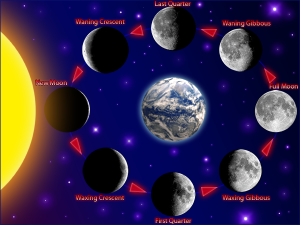Latest Breakthrough in Capturing Solar Energy
Renewable Ventures Energy Technologies PLC (RVET) announced that it will begin marketing its industry-changing Lunar PV Modules to the US market this quarter. These lunar modules contain a proprietary semi-conductor that for the first time utilizes vanadium and selenium in combination with silicon to capture both direct sunlight and sunlight reflecting off the moon and back to earth at night.
RVET is following on the heels of its previous breakthrough bi-facial solar technology which has already been licensed to multiple manufacturers and is available in the US and Europe. Bi-facial solar panels capture direct sunlight but also capture sunlight on the reverse side of the panel from the light reflected off of flat roofs that are coated with a reflective surface. Lunar PV modules are an extension of the same technology.
Research has validated that the Lunar PV Modules increase kilowatt-hour production more than 18% as compared with standard modules. The additional production translates into increased profits for solar investors, especially since these modules will be priced competitively with existing modules.
Solar PV module technology has been successfully deployed worldwide and has seen dramatic increases in deployment – especially over the past five years as solar PV module prices have declined dramatically. But one major problem with solar is that it does not work at night. Lunar PV Modules now have the ability to capture this reflected light to increase the overall efficiency of solar projects.
Photovoltaic (PV) devices generate electricity directly from sunlight via an electronic process that occurs naturally in certain types of material, called semiconductors. Electrons in these materials are freed by solar energy and can be induced to travel through an electrical circuit, powering electrical devices or sending electricity to the grid. A major problem in previous efforts to capture sunlight reflected by the moon has been that photons reflected off the moon and back to the earth were weaker electrical forces than photons directly from the sun.
Lunar PV Modules solve this problem with the addition of vanadium and selenium which are able to capture the weaker photons and induce them to free the electrons in the silicon.
RVET believes that Lunar PV Modules can capture up to 15% of the US solar PV module market within two years.
RVET is listed on the London Stock Exchange under the symbol APRFLSDY.



